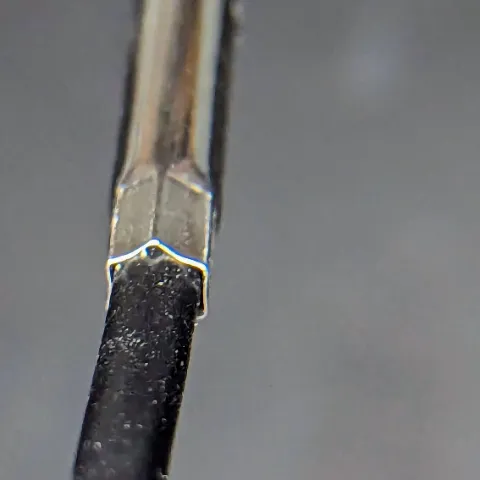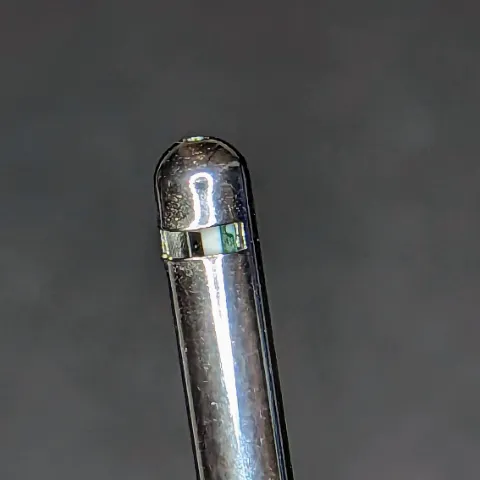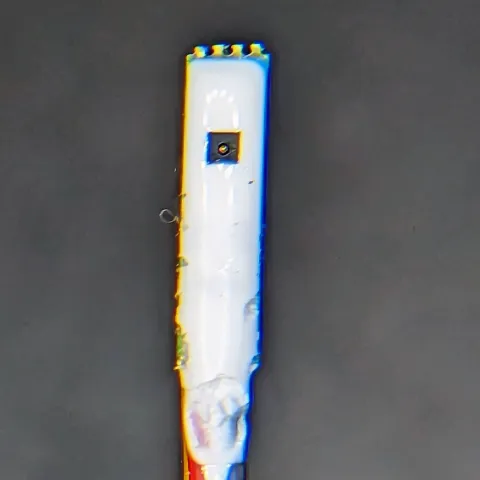👀 SHT40 Waterproof Sensor Review
Let's do a quick teardown/review
Have you seen these on AliExpress lately?
Source⤴️
They are being described as a waterproof temperature and humidity probe. That link is selling
SHT20, SHT30, SHT40, and SHTC3 versions of Sensiron's
There's a certain amount of appeal to this new part. It is slightly smaller. And it costs about 50% less.
Most of the similar items prior, looked more like this:
Source⤴️
It looks more waterproof than the new enclosure. The small mesh will allow the air to pass through, but will most likely stop enough water to not kill the sensor. Additionally, most of those sensors also have some sort of potting compound on the electronics for additional protection.
We've seen these particular components work perfectly outside for several years. They do tend to develop some rust, but they can work for a long time. It is safe to say the metal mesh enclosure combined with the potting works as advertised.
So the main question is, is that metal tube with a slot enough to protect the sensor?
Is it really waterproof?
It can be smaller and cost less, but if it dies after the first few drops of rain, it's not worth much.
Let's have a look at the outside first.
- The crimp isn't epoxy sealed, so water will definitely get inside.

- The IC's inlet is exposed with nothing to stop things from getting clogged in it. There's something white on the IC, some sort of sealant maybe?

Now let's take it apart and see what's in the tube.
- The tube pulled off with minimal effort. There was a shrinktube (non-glued) that covered the wires from the cable to the PCB. The PCB had a white sealant of some sort. It felt like liquid rubber. It covered all the PCB on both sides and left only the inlet of the IC exposed.

Verdict: probably not better than the older style
The sealant is protected by the metal tube, so the wires and PCB are probably waterproof, at least for some length of time.
However, the inlet of the IC is directly exposed to the elements. Nothing is keeping it from getting clogged. Wet/dry cycles will eventually stop it from working as expected. The older metal mesh style sensor had the mesh to protect it from larger particles.
Inside use
This is probably best suited for inside use. The cable would let you put it exactly where you want it, but this probably isn't best suited for outside use unless it was protected in a Stevenson screen or solar shield.
